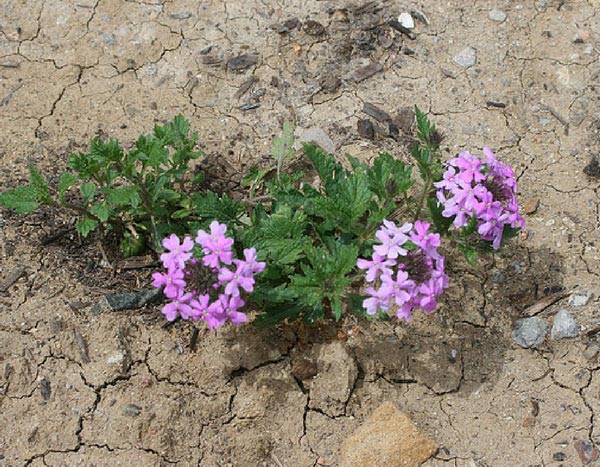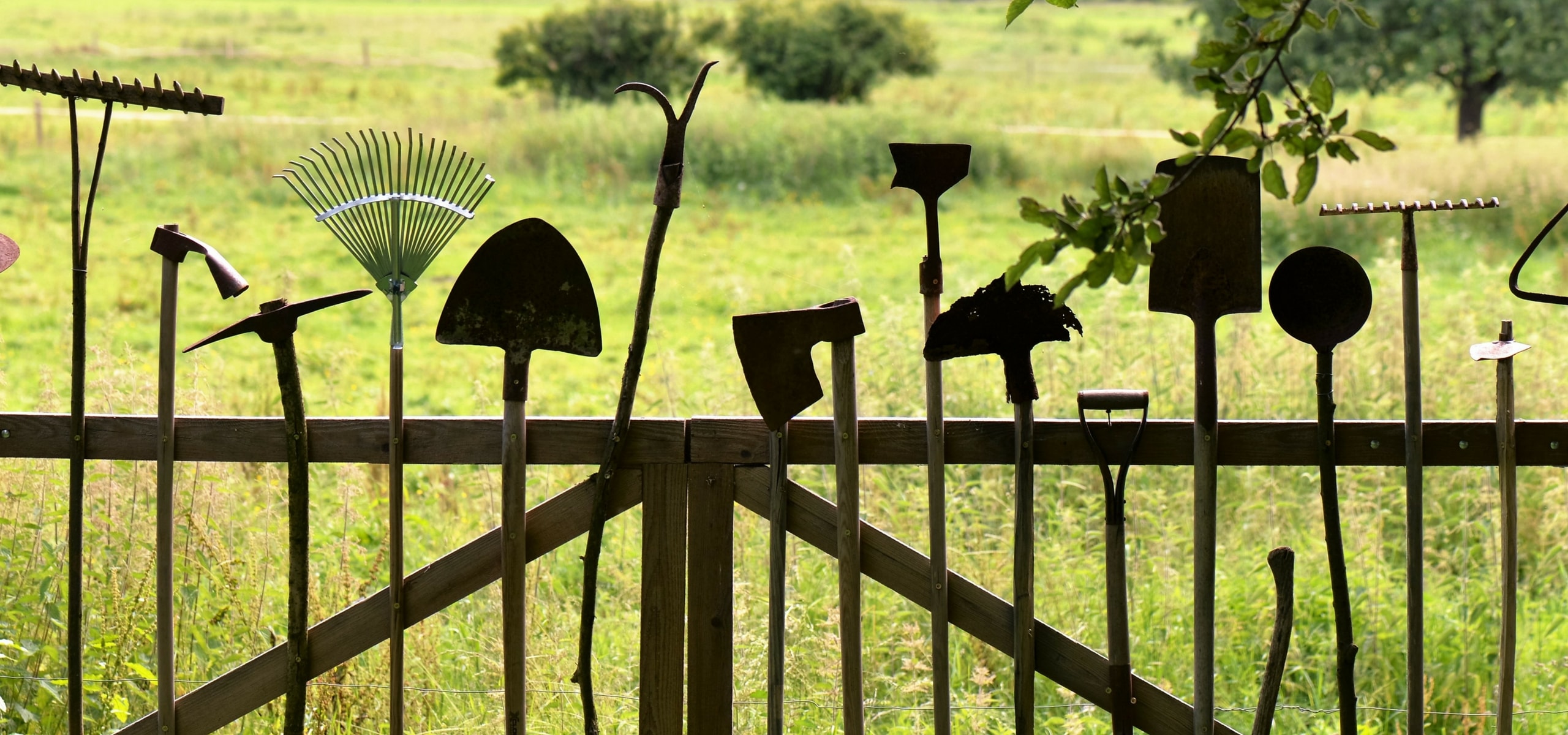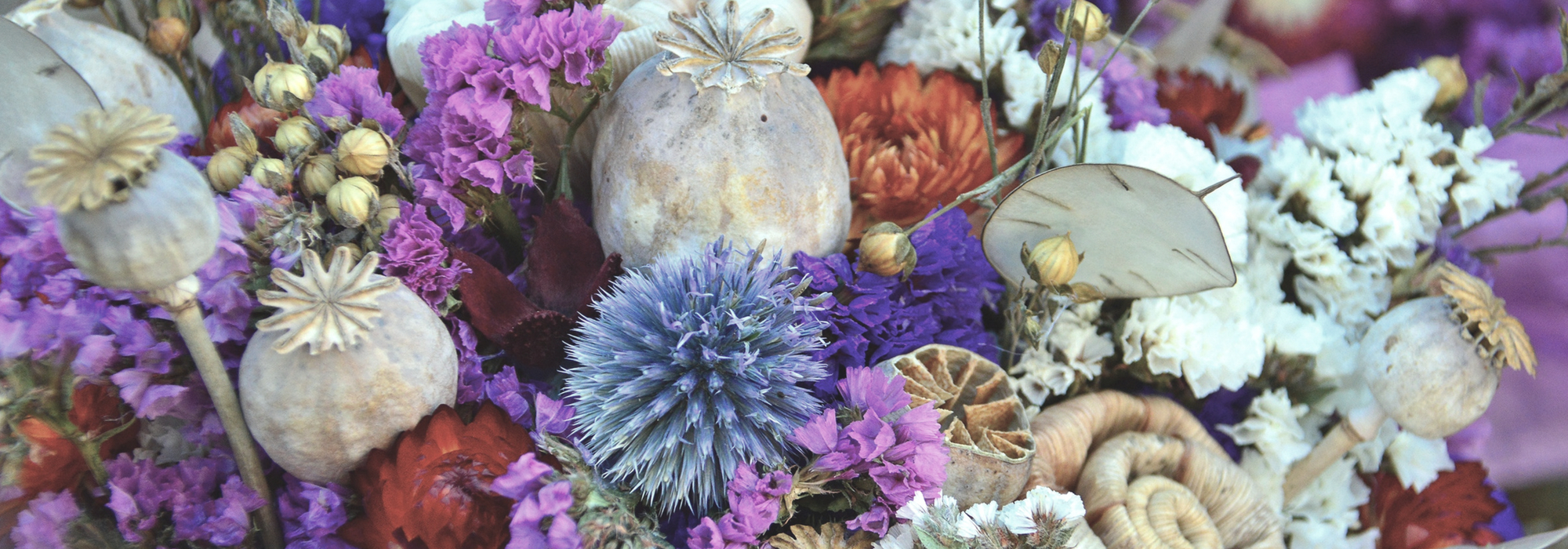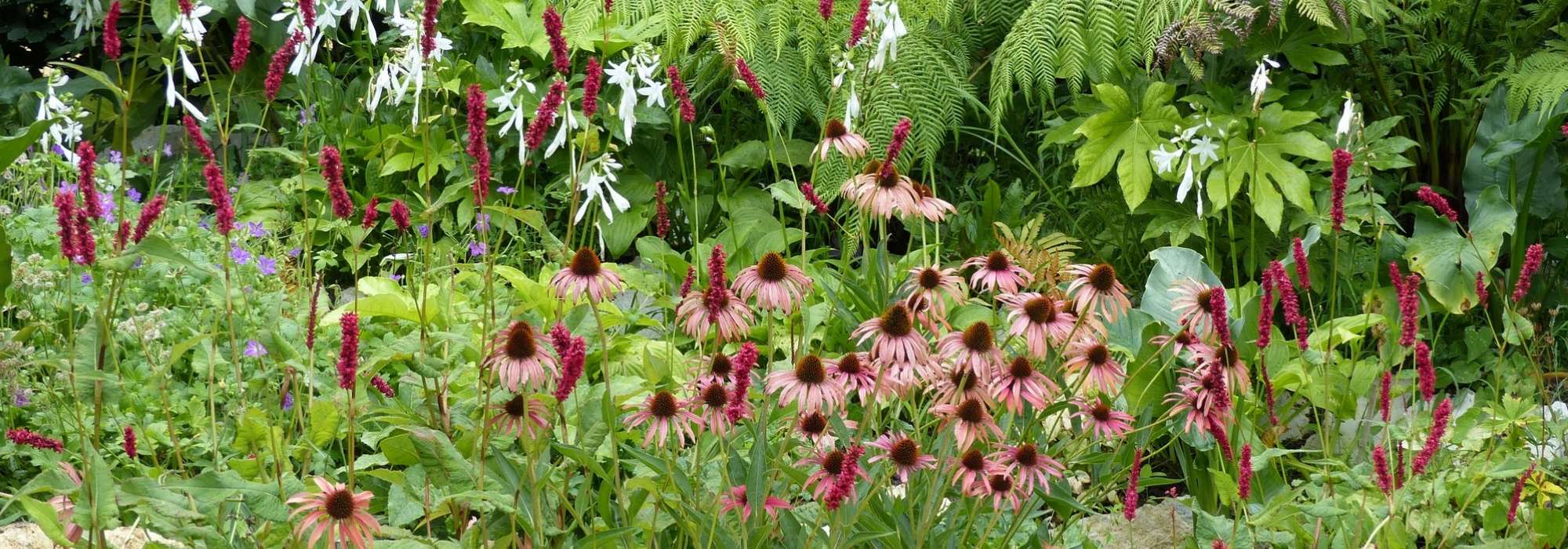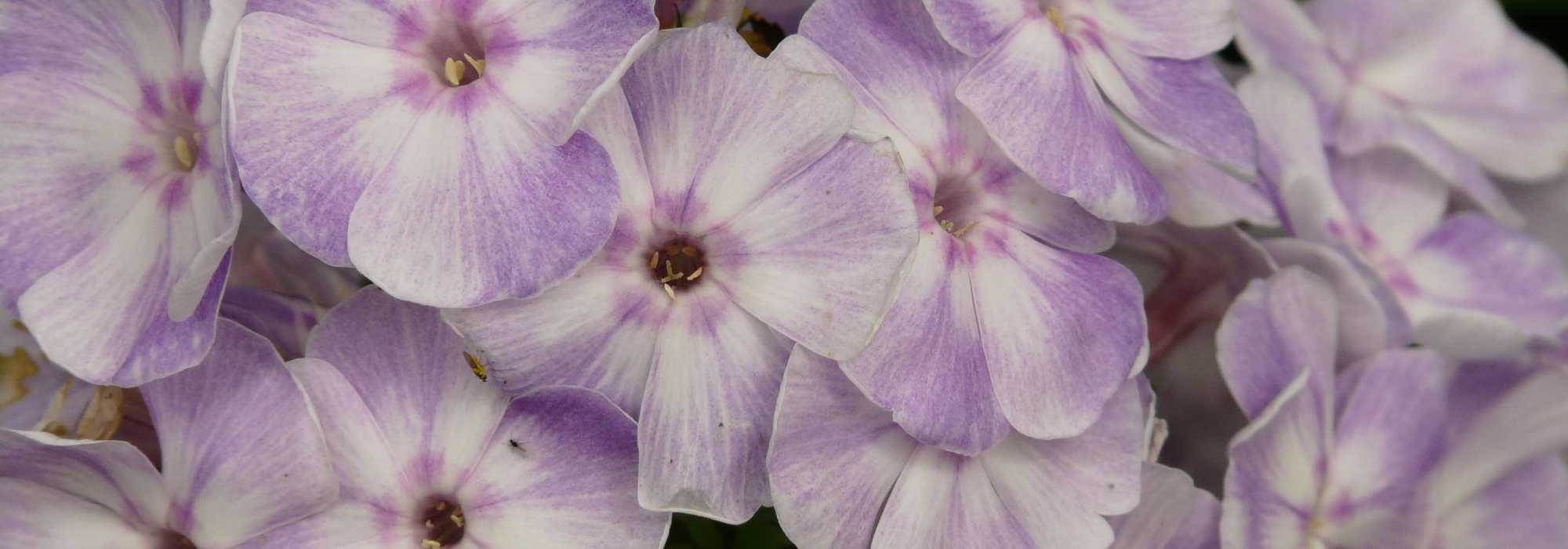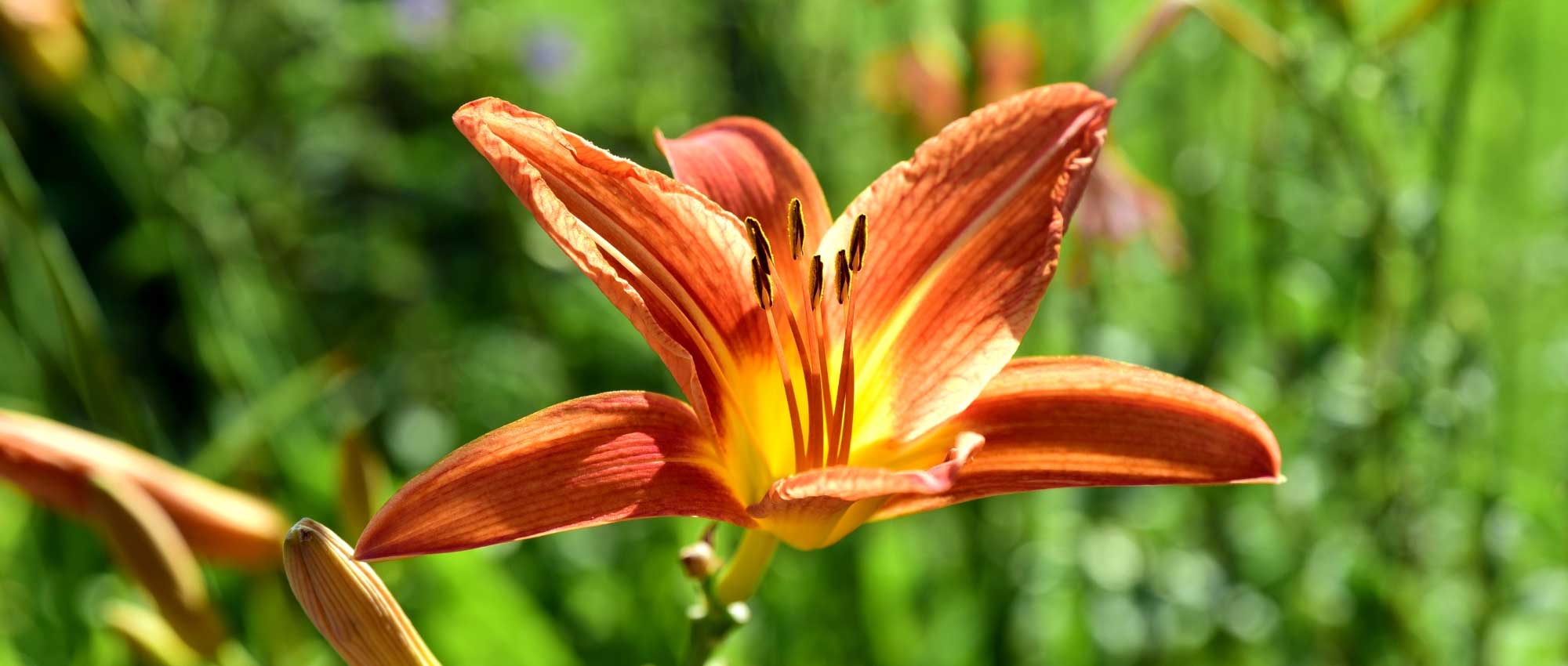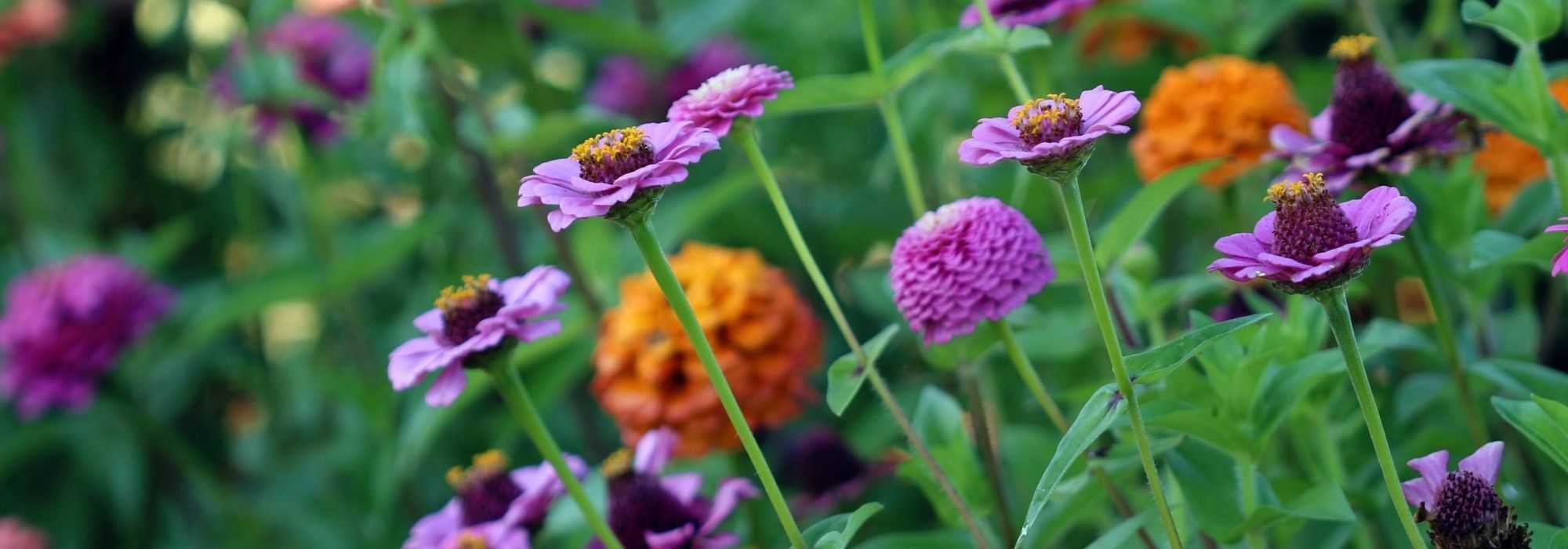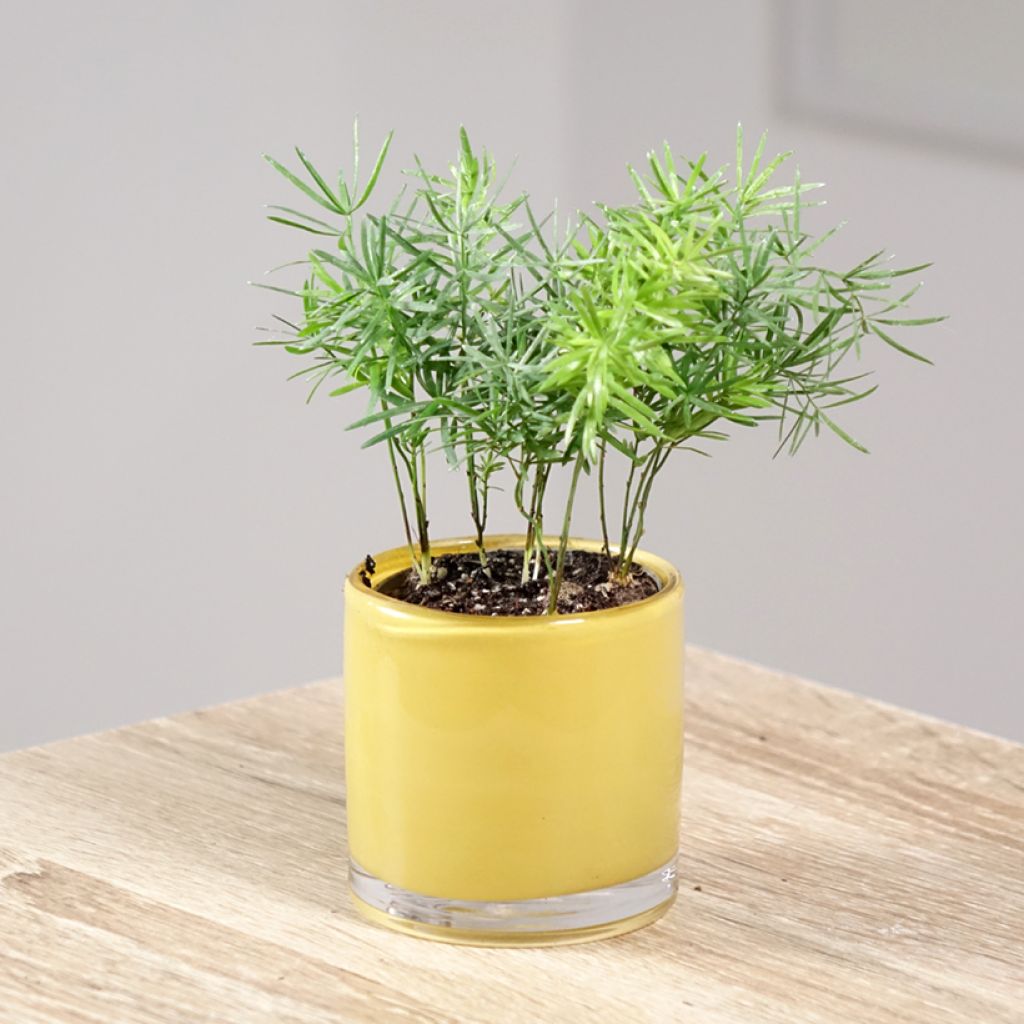

Asparagus sprengeri - Sprenger's asparagus
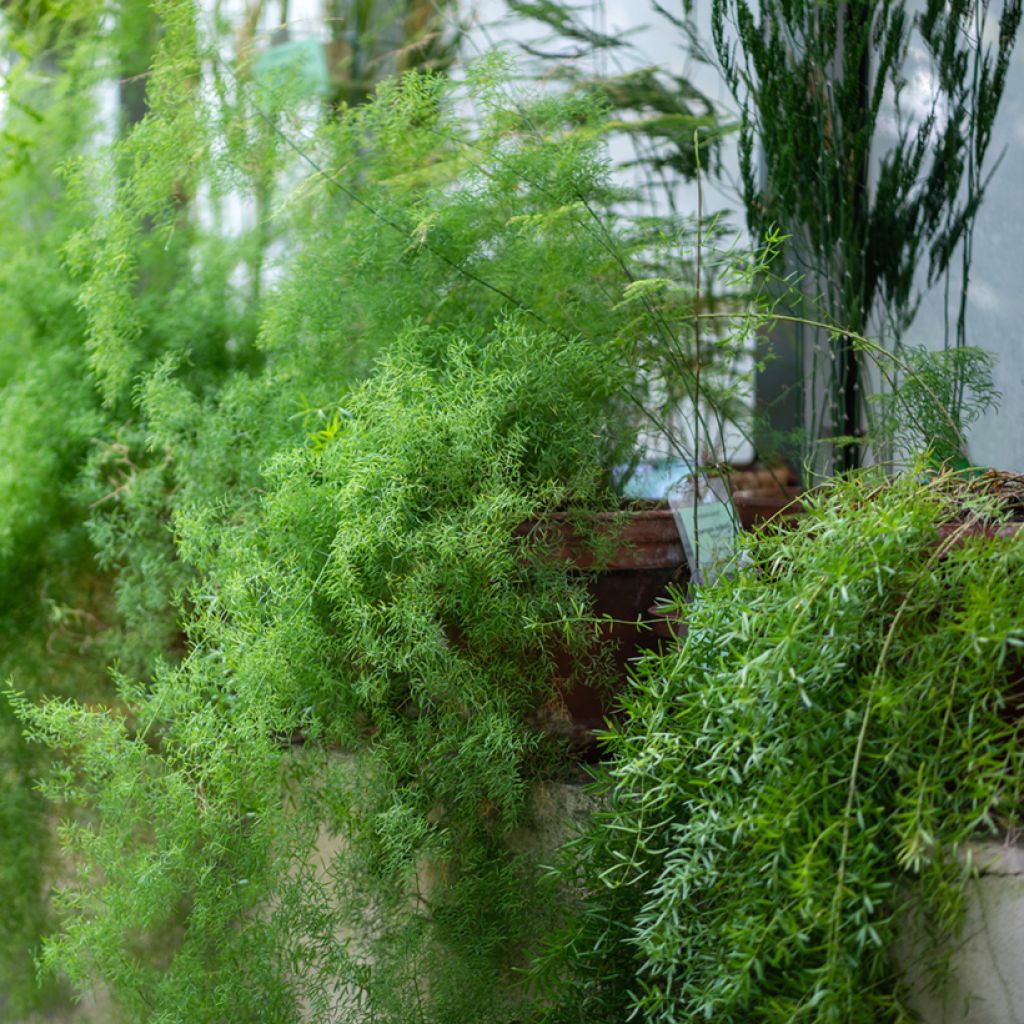

Asparagus sprengeri - Sprenger's asparagus
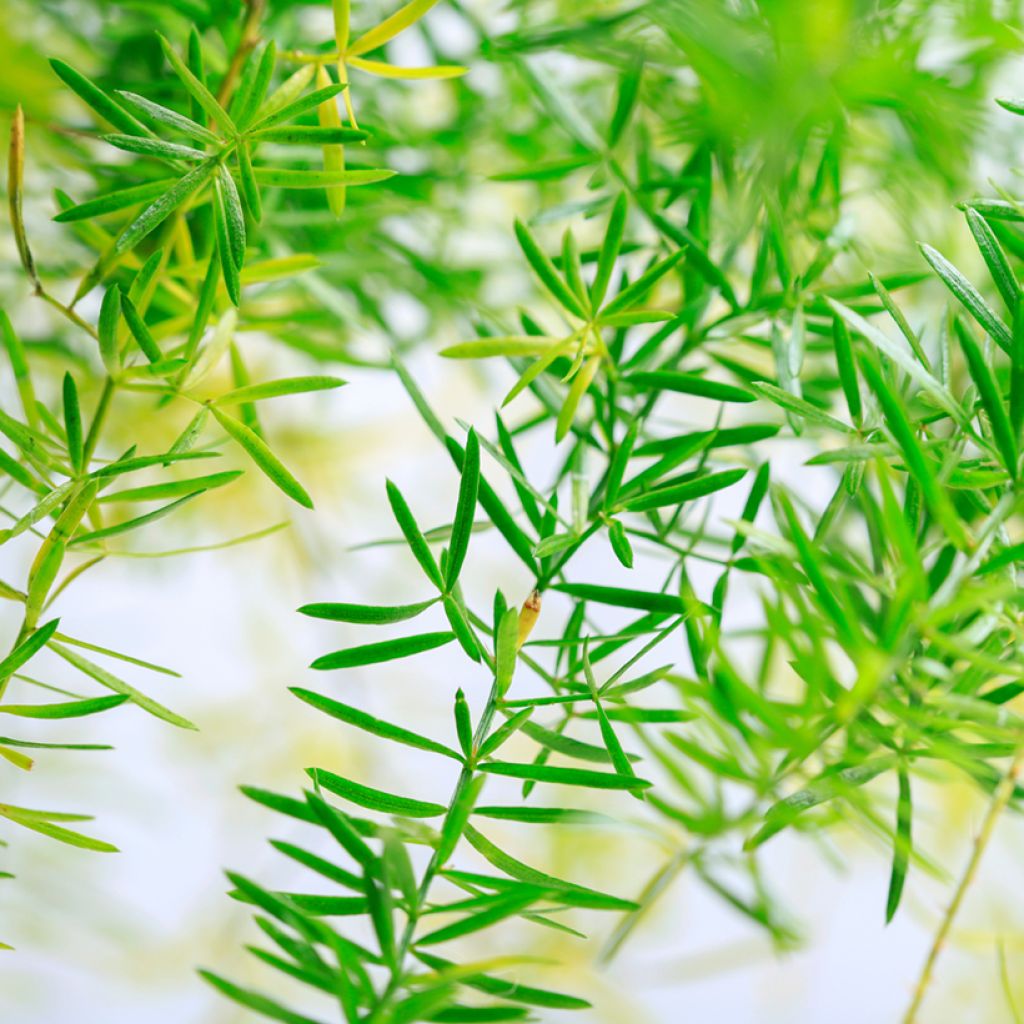

Asparagus sprengeri - Sprenger's asparagus
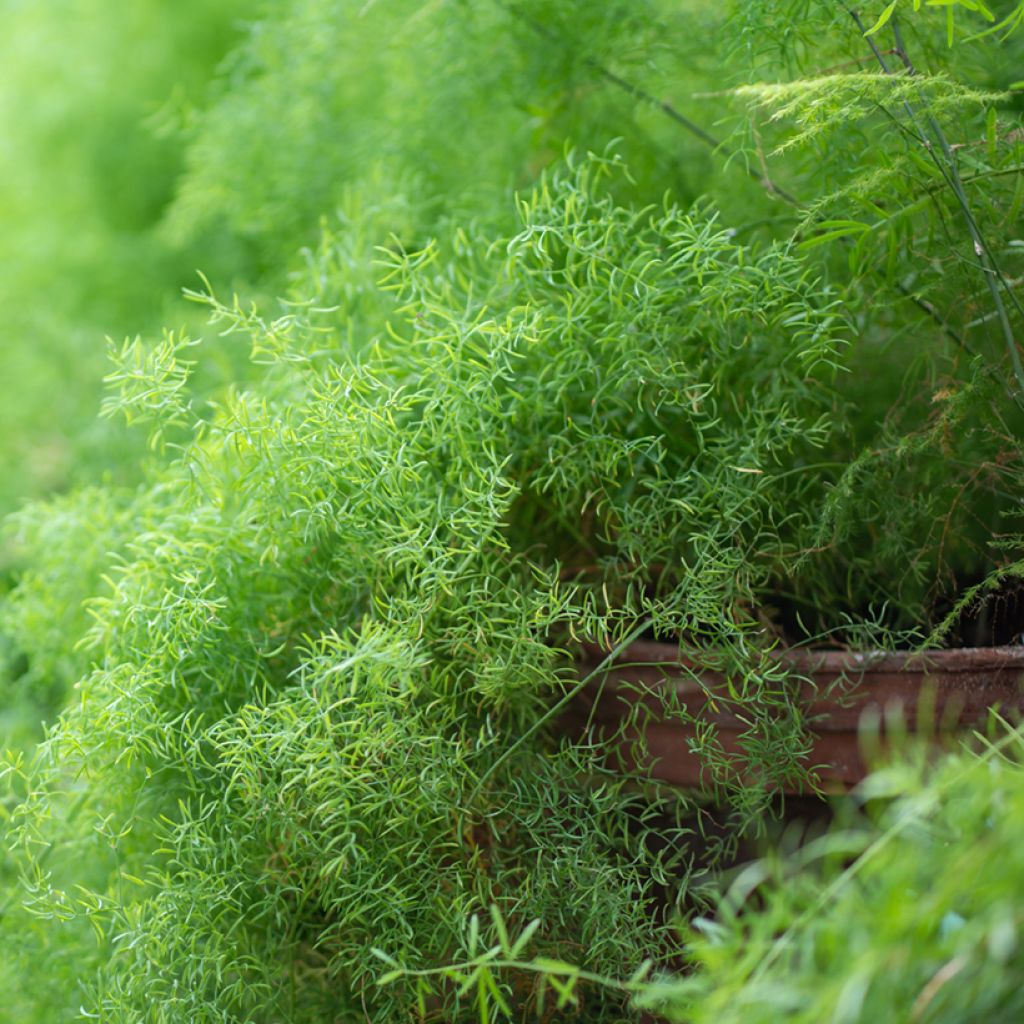

Asparagus sprengeri - Sprenger's asparagus
Asparagus sprengeri - Sprenger's asparagus
Asparagus sprengeri
Sprenger's asparagus, emerald feather, emerald fern
Special offer!
Receive a €20 voucher for any order over €90 (excluding delivery costs, credit notes, and plastic-free options)!
1- Add your favorite plants to your cart.
2- Once you have reached €90, confirm your order (you can even choose the delivery date!).
3- As soon as your order is shipped, you will receive an email containing your voucher code, valid for 3 months (90 days).
Your voucher is unique and can only be used once, for any order with a minimum value of €20, excluding delivery costs.
Can be combined with other current offers, non-divisible and non-refundable.
Home or relay delivery (depending on size and destination)
Schedule delivery date,
and select date in basket
This plant carries a 30 days recovery warranty
More information
We guarantee the quality of our plants for a full growing cycle, and will replace at our expense any plant that fails to recover under normal climatic and planting conditions.
Description
The Asparagus sprengeri is one of those classic houseplants that always remain highly popular. Its ease of cultivation and aesthetic appeal play a big part in this. This Sprenger's Asparagus quickly forms a dense, trailing clump with its graceful, bright green foliage reminiscent of certain ferns. Thriving in bright indoor locations without direct sunlight, this perennial and evergreen plant can also be used outdoors as an annual, in a slightly shaded flowerbed or as part of a container arrangement. Low-maintenance, it mainly requires regular watering during growth periods along with a liquid fertiliser every two weeks.
Asparagus, formerly classified under Liliaceae, is now a member of the Asparagaceae family, from whence its name, and includes many ornamental genera such as the Agave, Dracaena, or the charming Muscari. There are numerous other species alongside the asparagus we consume (Asparagus officinalis), some of which are ornamental and typically originate from Africa. This is the case with the Asparagus sprengeri, a wild species that grows naturally in the savannas and thickets of East Africa (notably Ethiopia) and South Africa. Widespread worldwide as an ornamental garden plant in mild climates, it has proven to be invasive in various countries or states (Australia, Florida, etc.). Growing from tuberous roots, this perennial forms low, thorny clumps up to 1 m tall.
In our homes, after the first two or three months of adaptation, this Asparagus exhibits rapid growth, reaching about 70 to 80 cm in all directions, even more in older plants that have never been pruned. The stump produces thin, flexible, trailing stems, giving it a very dense, bushy habit. They are covered with small thorns, so it's best to resist the temptation to run your hand through the foliage even though its airy appearance may be very tempting! Extremely fin, elongated, and a lovely bright green, the leaves are actually cladodes—modified shoots (like the prickly pears of Opuntias). Pointing in all directions, these cladodes give the foliage a very airy appearance, which is the plant's main aesthetic appeal. Indeed, its white flowering in summer is far too subtle to be ornamental.
Warning - the flowering is followed by a few slightly more decorative red berries, but unfortunately toxic if ingested.
Easy to grow indoors and undemanding in terms of temperature (it can tolerate occasional brief temperatures near 0°C outdoors), it simply requires frequent watering during the growth period, from April to October. It can also be grown as an annual outdoors or in a planter or container (the pot can equally be placed outside during the warmer months). Its delicate, pretty foliage pairs perfectly with more substantial and colourful leaves such as those of the ever-popular Coleus. You can create a stunning contrast in both form and colour by adding a Calla 'Auckland' to your arrangement—a superb florist's Arum with large dark green leaves speckled with white pits and stunning salmon-pink flowers of striking graphic appeal.
Report an error about the product description
Asparagus sprengeri - Sprenger's asparagus in pictures


Foliage
Plant habit
Flowering
Botanical data
Asparagus
sprengeri
Asparagaceae
Sprenger's asparagus, emerald feather, emerald fern
South Africa, East Africa
Safety measures
Location
Location
Maintenance and care
Watering tips
Potting advice, substrates and fertilisers
Houseplant care
Disease and pest advice
Maintenance and care
Planting & care advice
This item has not been reviewed yet - be the first to leave a review about it.
Haven't found what you were looking for?
Hardiness is the lowest winter temperature a plant can endure without suffering serious damage or even dying. However, hardiness is affected by location (a sheltered area, such as a patio), protection (winter cover) and soil type (hardiness is improved by well-drained soil).

Photo Sharing Terms & Conditions
In order to encourage gardeners to interact and share their experiences, Promesse de fleurs offers various media enabling content to be uploaded onto its Site - in particular via the ‘Photo sharing’ module.
The User agrees to refrain from:
- Posting any content that is illegal, prejudicial, insulting, racist, inciteful to hatred, revisionist, contrary to public decency, that infringes on privacy or on the privacy rights of third parties, in particular the publicity rights of persons and goods, intellectual property rights, or the right to privacy.
- Submitting content on behalf of a third party;
- Impersonate the identity of a third party and/or publish any personal information about a third party;
In general, the User undertakes to refrain from any unethical behaviour.
All Content (in particular text, comments, files, images, photos, videos, creative works, etc.), which may be subject to property or intellectual property rights, image or other private rights, shall remain the property of the User, subject to the limited rights granted by the terms of the licence granted by Promesse de fleurs as stated below. Users are at liberty to publish or not to publish such Content on the Site, notably via the ‘Photo Sharing’ facility, and accept that this Content shall be made public and freely accessible, notably on the Internet.
Users further acknowledge, undertake to have ,and guarantee that they hold all necessary rights and permissions to publish such material on the Site, in particular with regard to the legislation in force pertaining to any privacy, property, intellectual property, image, or contractual rights, or rights of any other nature. By publishing such Content on the Site, Users acknowledge accepting full liability as publishers of the Content within the meaning of the law, and grant Promesse de fleurs, free of charge, an inclusive, worldwide licence for the said Content for the entire duration of its publication, including all reproduction, representation, up/downloading, displaying, performing, transmission, and storage rights.
Users also grant permission for their name to be linked to the Content and accept that this link may not always be made available.
By engaging in posting material, Users consent to their Content becoming automatically accessible on the Internet, in particular on other sites and/or blogs and/or web pages of the Promesse de fleurs site, including in particular social pages and the Promesse de fleurs catalogue.
Users may secure the removal of entrusted content free of charge by issuing a simple request via our contact form.
The flowering period indicated on our website applies to countries and regions located in USDA zone 8 (France, the United Kingdom, Ireland, the Netherlands, etc.)
It will vary according to where you live:
- In zones 9 to 10 (Italy, Spain, Greece, etc.), flowering will occur about 2 to 4 weeks earlier.
- In zones 6 to 7 (Germany, Poland, Slovenia, and lower mountainous regions), flowering will be delayed by 2 to 3 weeks.
- In zone 5 (Central Europe, Scandinavia), blooming will be delayed by 3 to 5 weeks.
In temperate climates, pruning of spring-flowering shrubs (forsythia, spireas, etc.) should be done just after flowering.
Pruning of summer-flowering shrubs (Indian Lilac, Perovskia, etc.) can be done in winter or spring.
In cold regions as well as with frost-sensitive plants, avoid pruning too early when severe frosts may still occur.
The planting period indicated on our website applies to countries and regions located in USDA zone 8 (France, United Kingdom, Ireland, Netherlands).
It will vary according to where you live:
- In Mediterranean zones (Marseille, Madrid, Milan, etc.), autumn and winter are the best planting periods.
- In continental zones (Strasbourg, Munich, Vienna, etc.), delay planting by 2 to 3 weeks in spring and bring it forward by 2 to 4 weeks in autumn.
- In mountainous regions (the Alps, Pyrenees, Carpathians, etc.), it is best to plant in late spring (May-June) or late summer (August-September).
The harvesting period indicated on our website applies to countries and regions in USDA zone 8 (France, England, Ireland, the Netherlands).
In colder areas (Scandinavia, Poland, Austria...) fruit and vegetable harvests are likely to be delayed by 3-4 weeks.
In warmer areas (Italy, Spain, Greece, etc.), harvesting will probably take place earlier, depending on weather conditions.
The sowing periods indicated on our website apply to countries and regions within USDA Zone 8 (France, UK, Ireland, Netherlands).
In colder areas (Scandinavia, Poland, Austria...), delay any outdoor sowing by 3-4 weeks, or sow under glass.
In warmer climes (Italy, Spain, Greece, etc.), bring outdoor sowing forward by a few weeks.






























